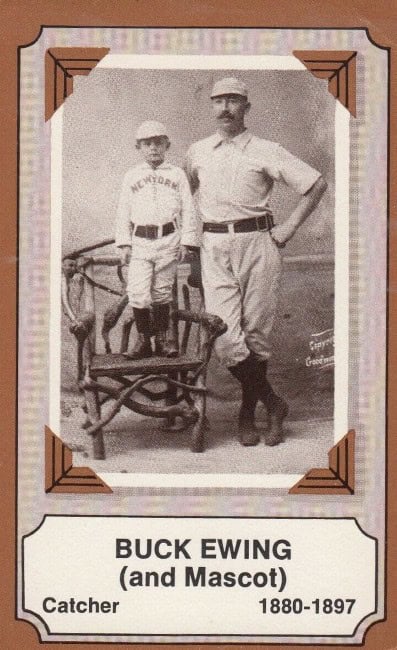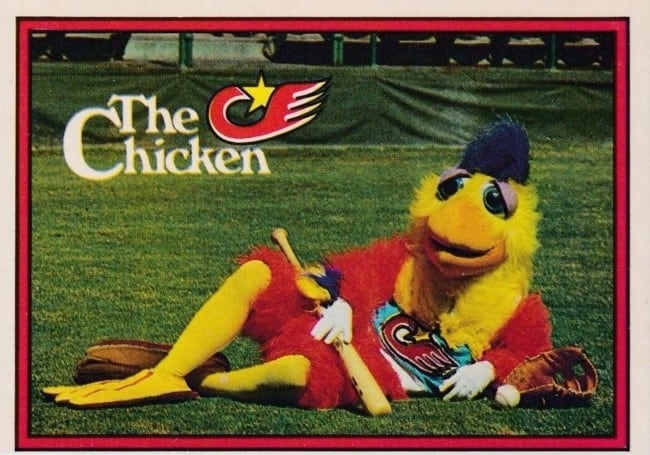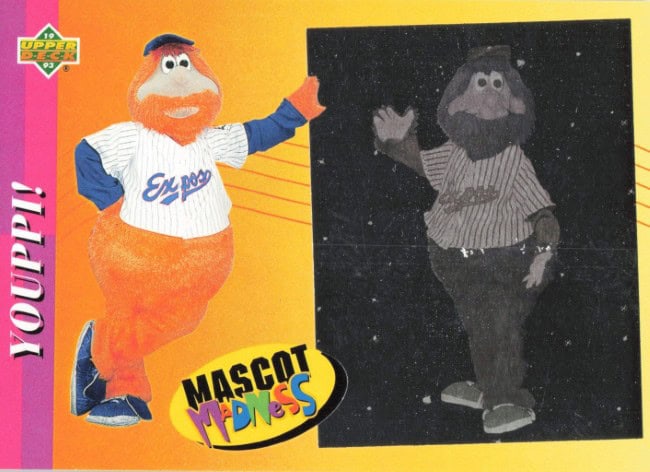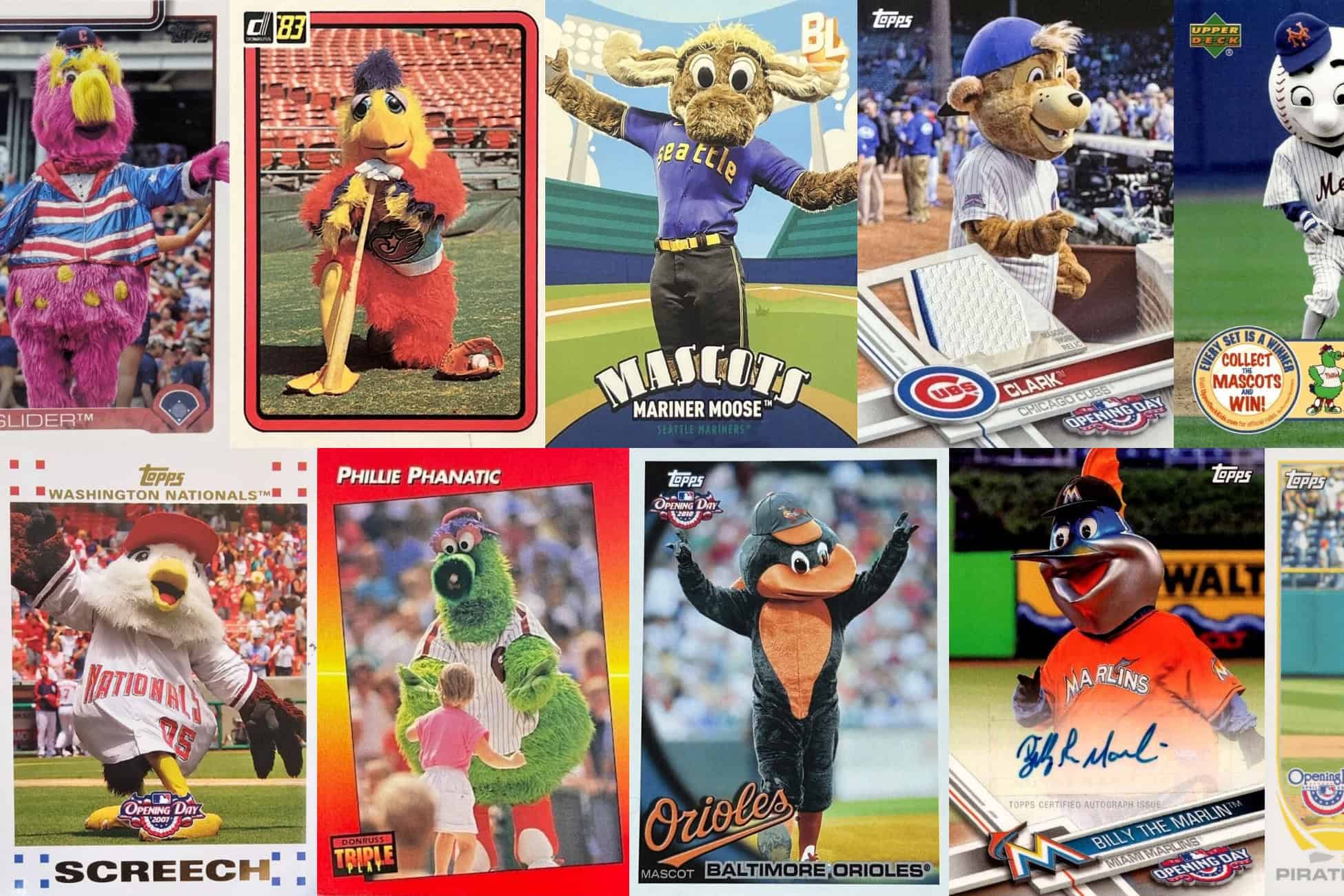Baseball, America’s pastime, has always been more than just a sport. It’s a spectacle, a cultural touchstone woven into the fabric of communities. And integral to that spectacle, often overlooked but undeniably impactful, are the baseball mascots. These costumed characters, ranging from the whimsical to the downright bizarre, have evolved from simple good-luck charms to multifaceted entertainers, brand ambassadors, and even controversial figures. The baseball mascots’ history is a fascinating reflection of baseball’s own evolution, mirroring societal shifts and the changing landscape of sports entertainment.
Early Mascots

Early baseball mascots were far removed from the anthropomorphic creatures we know today. They were often live animals, children, or even everyday objects believed to bring good fortune to the team. In the late 19th and early 20th centuries, it wasn’t uncommon for teams to adopt a “mascot kid.” Young boys traveled with the players, fetched equipment, and provided positive energy. People saw these children, often from underprivileged backgrounds, as symbols of the team’s connection to the community.
Animals, too, played a significant role. The St. Louis Cardinals, for instance, were named after the cardinal bird, although a costumed mascot didn’t appear until much later. Other teams adopted dogs, cats, or even monkeys, often brought to the ballpark by players or fans. These animals, while not officially sanctioned mascots, contributed to the atmosphere and were often seen as good-luck tokens.
The concept of a costumed mascot, as we understand it, began to emerge gradually. In the early 20th century, some teams experimented with human performers dressed in simple costumes. These early attempts were rudimentary, lacking the elaborate designs and choreographed routines that define modern mascots.
The Rise of the Modern Mascot

The turning point for baseball mascots came in the late 20th century, as sports entertainment became increasingly professionalized. The rise of television and the growing emphasis on marketing and branding transformed the role of mascots. They were no longer just good-luck charms; they became integral parts of the fan experience, tasked with engaging the audience and creating a memorable atmosphere.
The San Diego Chicken, or “The Famous Chicken,” pioneered the modern mascot concept. Ted Giannoulas, the man behind the costume, transformed the role from a simple sideline figure to a comedic performer, interacting with players and fans with his signature antics. His success paved the way for other teams to invest in elaborate mascots and professional performers.
The 1970s and 1980s saw a surge in the popularity of mascots, with teams adopting increasingly elaborate costumes and developing intricate routines. The Phillie Phanatic, introduced in 1978, became an instant sensation with his oversized green physique and chaotic energy. The mascot’s popularity spread beyond Philadelphia, solidifying the mascot’s place as a cultural icon.
As the role of mascots expanded, so did their responsibilities. They became brand ambassadors, representing the team at community events, charity appearances, and even commercial shoots. Mascots were no longer confined to the ballpark. They became visible figures in the team’s marketing efforts, helping to build brand recognition and generate revenue.
Mascot Baseball Cards

Some of the earliest mascot cards came from Donruss in the 1980s and 1990s. They added cards of the most famous mascots – the San Diego Chicken and the Phillie Phanatic – to their regular sets. This gave collectors a nice surprise when opening packs.
One of the earliest dedicated sets was the 1993 Upper Deck Mascot Madness. They stuck with the theme several times, including at 2006 version. In more recent years, Topps Opening Day has featured a yearly insert set of mascots. As these sets became more popular, Topps began issuing autographed versions of these cards too. In 2021, they offered cards with full-size patches of the mascots, including Wally the Green Monster and Dinger.
The 2025 Topps Celebration boxes include a notable first: Relic cards featuring on-card autograph and mascot-worn materials. This illustrates how important and valued mascots are in baseball.
The Ups and Downs of Mascot Life

Like any public figure, baseball mascots have faced their share of controversies and generated their share of memorable stories. Some mascots have been involved in on-field altercations, either with players or opposing mascots. Others have faced criticism for their behavior, with some deemed too aggressive or inappropriate for family audiences.
The Phillie Phanatic’s lawsuit is a notable example. It centered around a copyright dispute between the Philadelphia Phillies and the character’s creators. This case highlighted the complexities of intellectual property rights surrounding iconic characters and the significant value mascots hold for sports franchises.
Conversely, there are countless stories of mascots bringing joy and laughter to fans, particularly children. Mascots often visit hospitals, schools, and community centers, bringing smiles to those who need them most. They are a symbol of the playful side of baseball, and they remind fans that the game is meant to be enjoyed.
Another fun story is the “mascot race”, a staple in many ballparks. These races, often involving multiple mascots from different sports or local businesses, provide a lighthearted break in the game and allow mascots to showcase their athleticism and comedic timing.
The Future of Mascots: Technology and Innovation

As technology continues to evolve, the role of mascots is likely to expand even further. Virtual reality, augmented reality, and other immersive technologies could create new opportunities for mascots to interact with fans, both in the stadium and beyond.
Mascots may also play a greater role in the digital realm, appearing in online games, social media content, and even virtual meet-and-greets. The possibilities are endless. The future of mascots is limited only by the performers and creative teams behind them.
In conclusion, baseball mascots have come a long way from their humble beginnings as good-luck charms. They have evolved into multifaceted entertainers, brand ambassadors, and cultural icons, playing a vital role in the fan experience. Their history is a testament to the enduring power of entertainment and the ability of a simple costume to create lasting memories. They are a unique and often overlooked aspect of baseball, reflecting the changing landscape of sports and the enduring appeal of the game.

